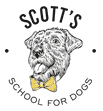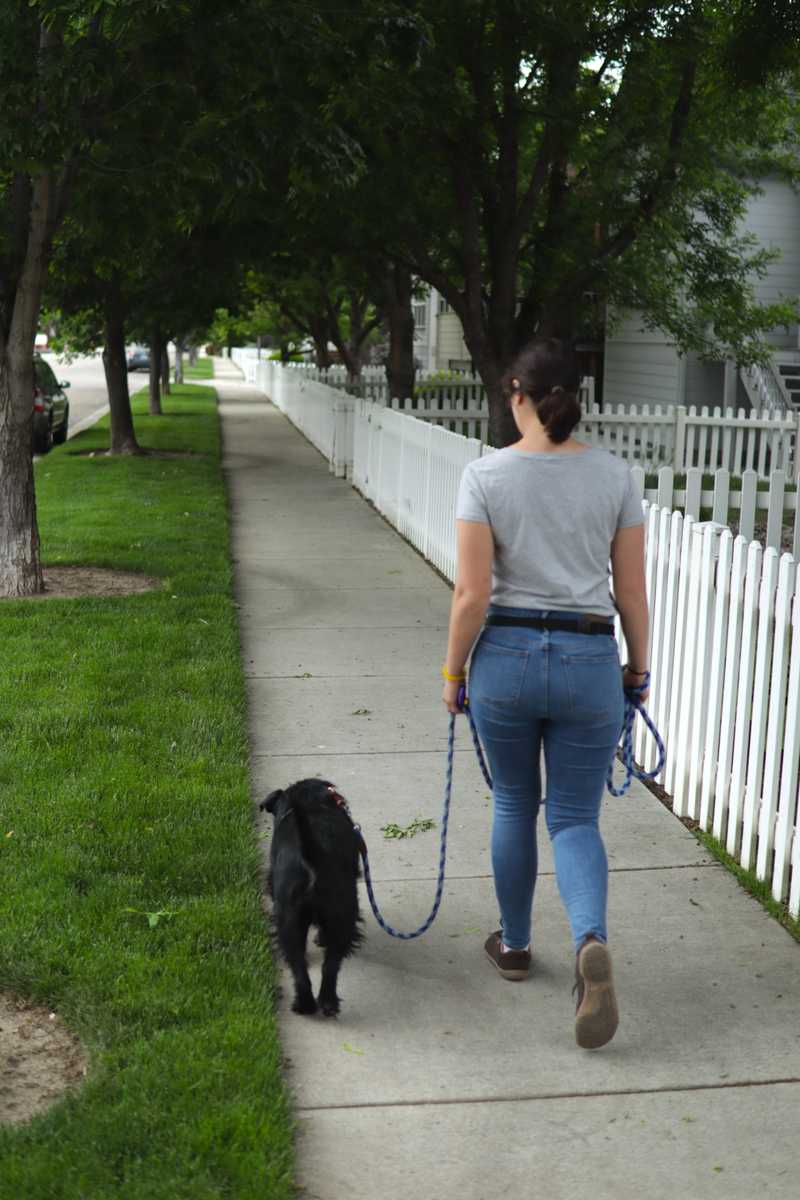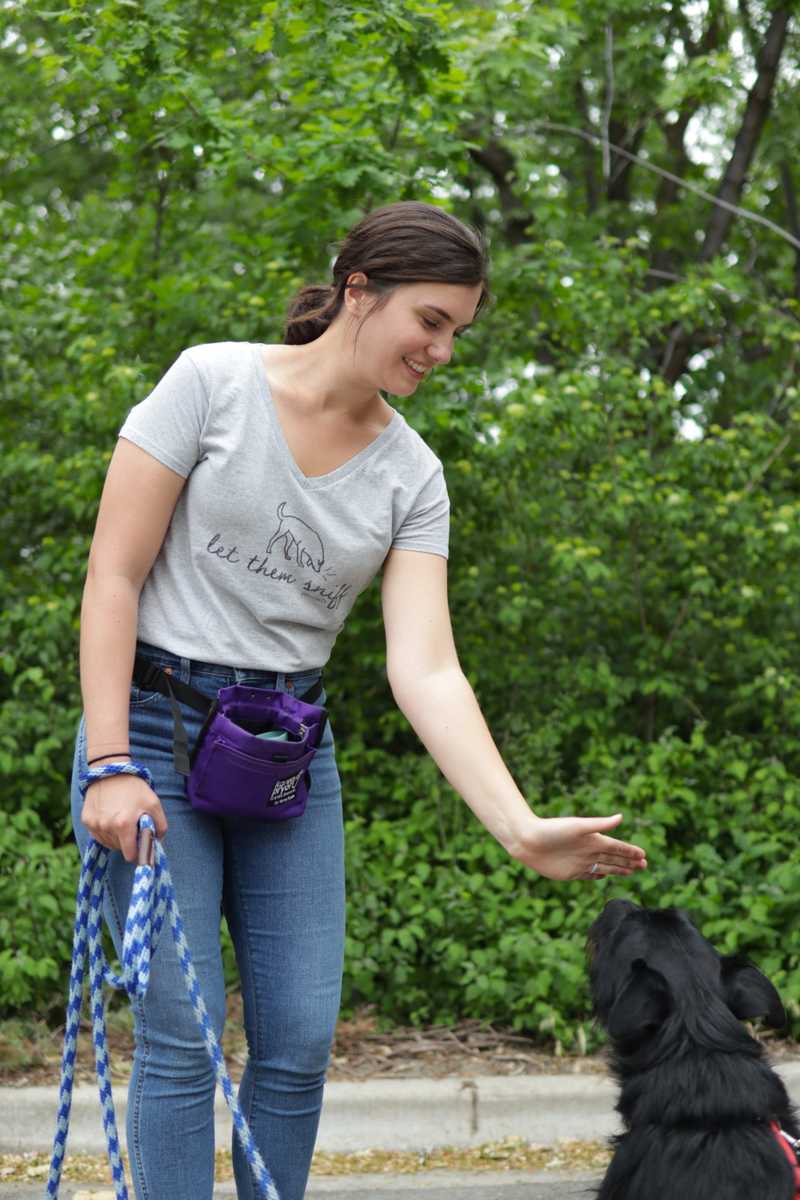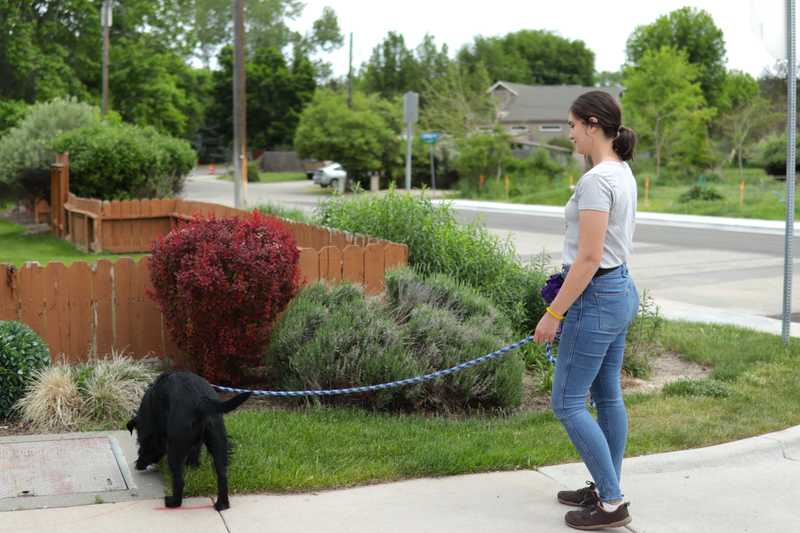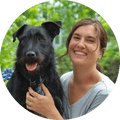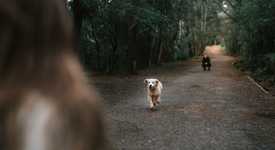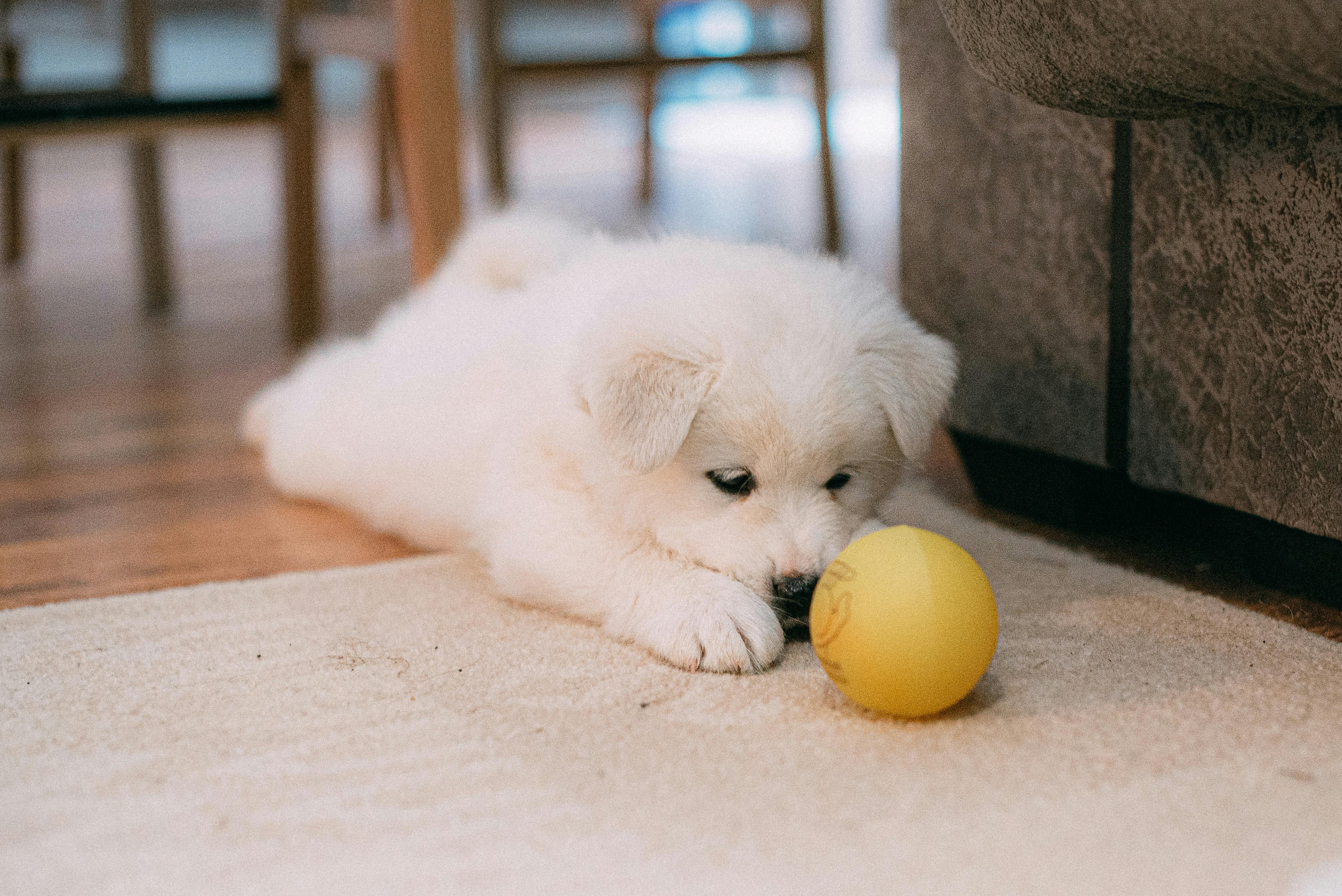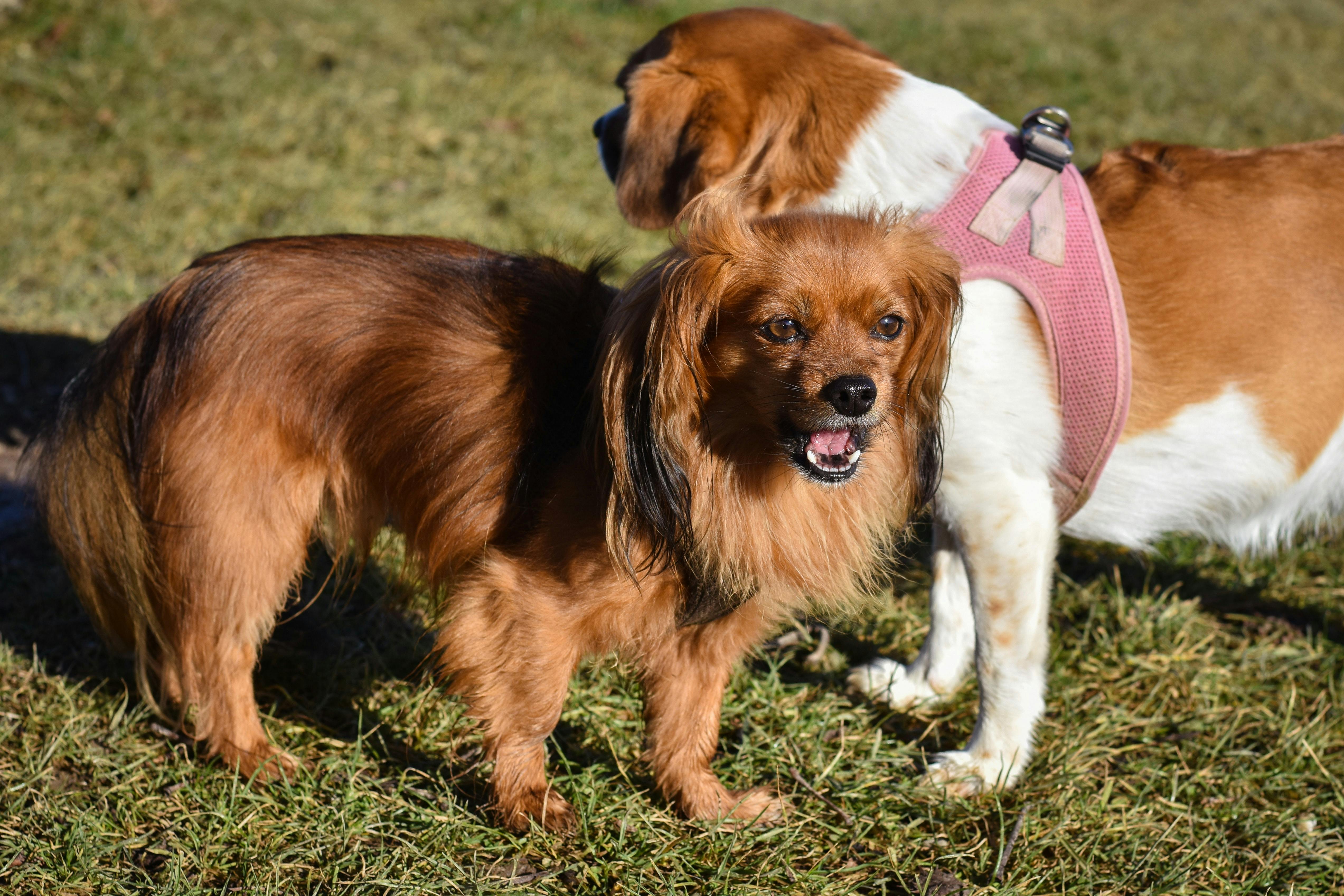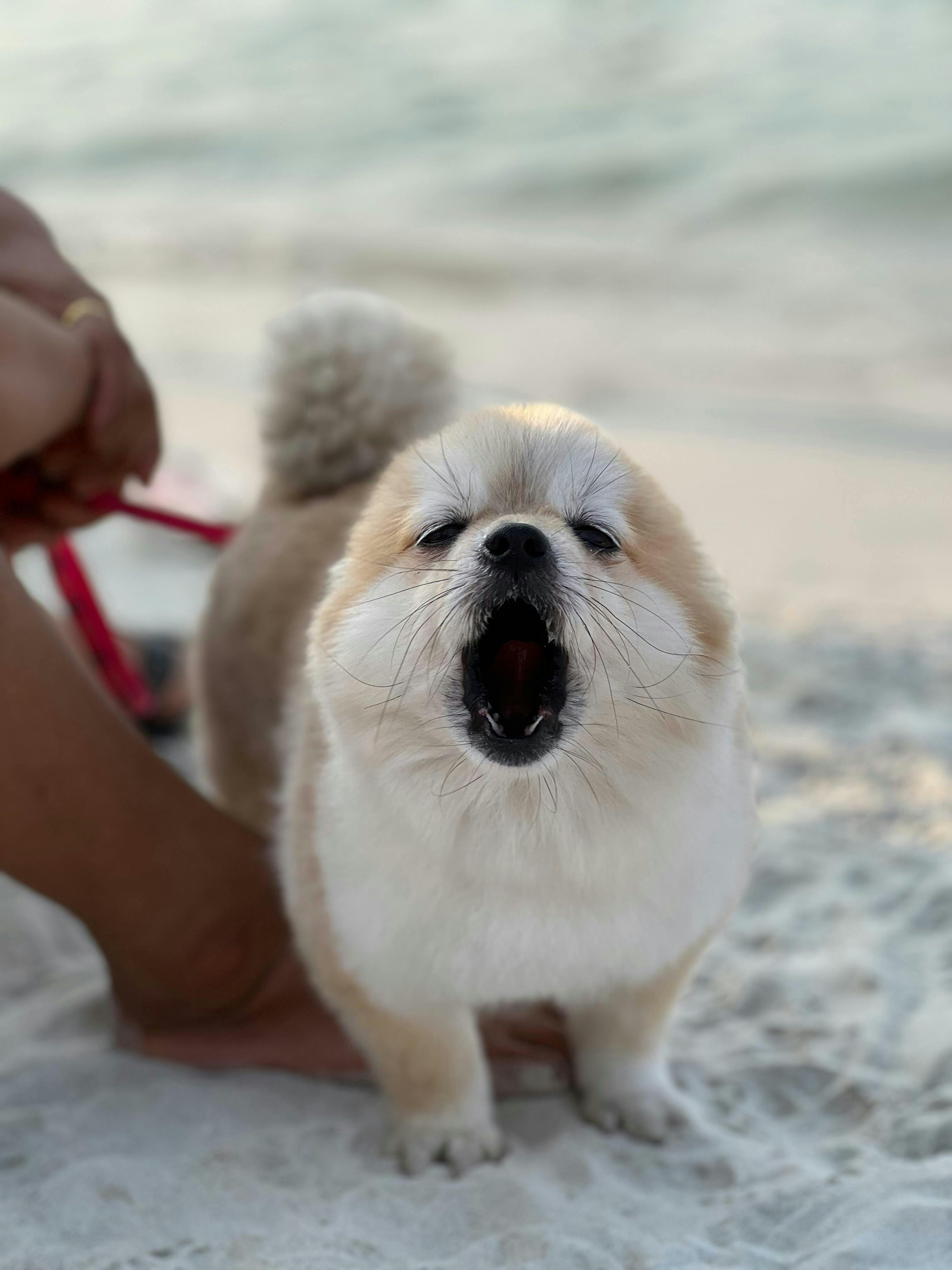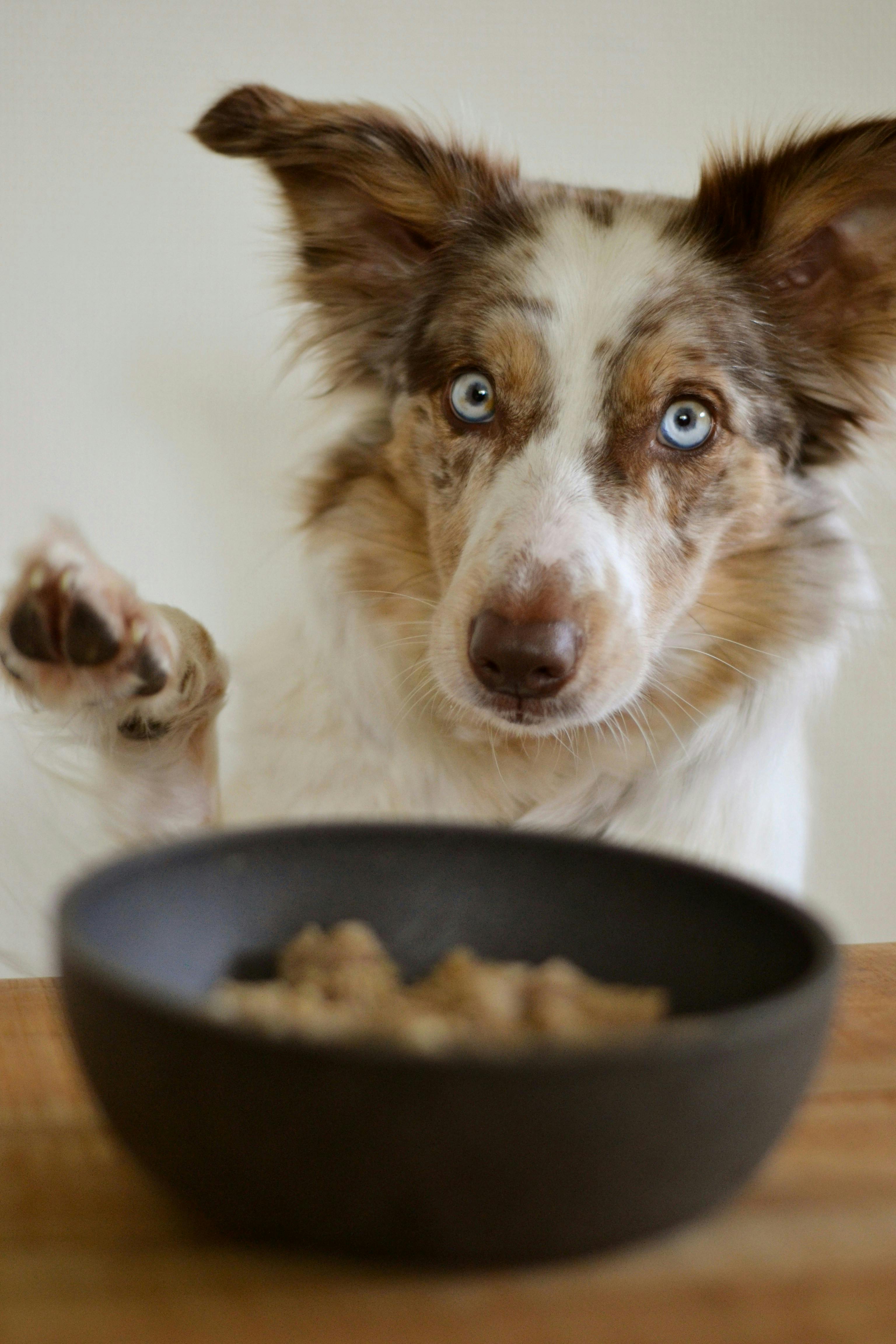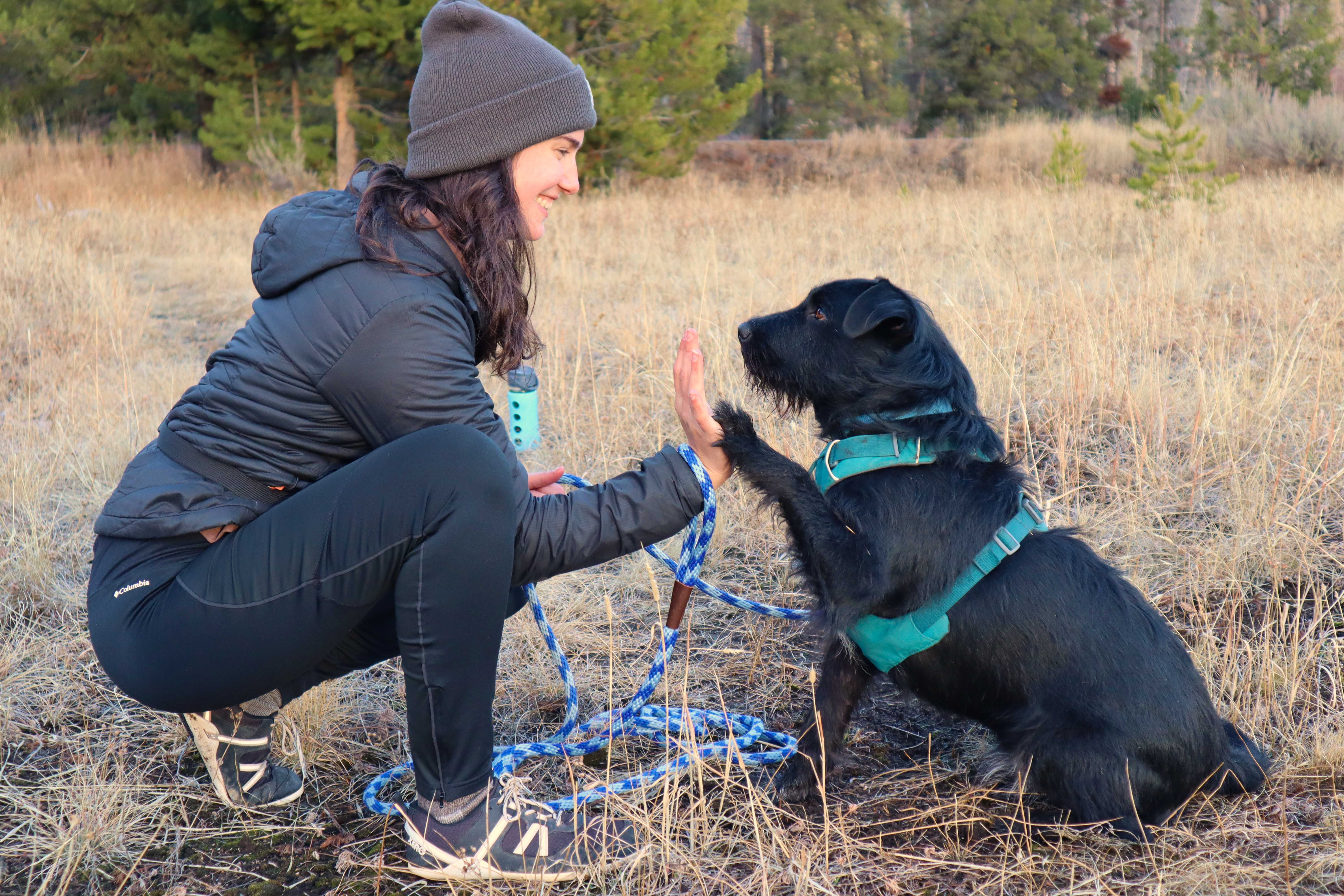6 Game-Changing Things We Did to Help Rehabilitate My Reactive Dog
Reactivity | By: Taylor Wyllie, KPA CTP | Mar 17, 2023
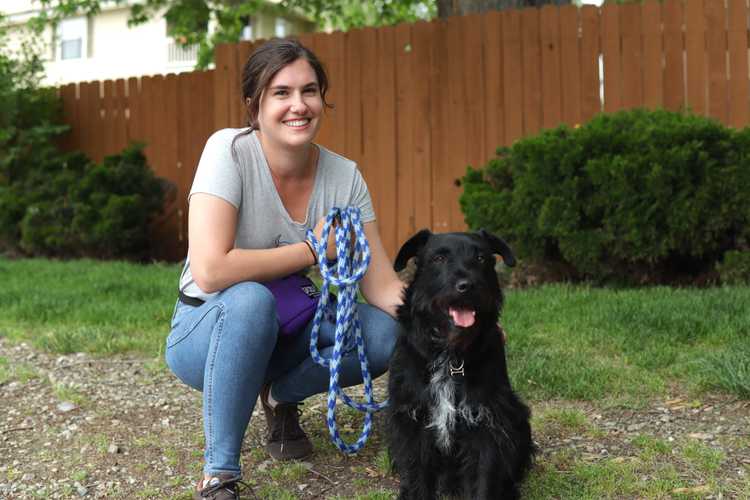
Get Your Free Reactive Dog Masterclass
Unlock the secrets of rehabilitating your reactive dog with this masterclass video
Disclosure: some of the links in this blog are affiliate links. We receive a small commission for purchases made through these links at no extra cost to you. This helps support us and allows us to continue to put out free content to help you and your pup. Thanks for your support!
When I adopted my dog, Scott, I had no idea what I was getting myself into. The shelter had said he was a “social butterfly” with lots of energy. I imagined going to dog parks, on long hikes, and cuddling on the couch together.
Within a few weeks, that dream was shattered.
Scott had been calm for a few days (as a professional trainer, I now know that he had been shut down) and then started to show his reactivity. He barked at everything that moved, including my husband and me. He grew stiff and lunged at dogs on walks. He was consistently pacing the house and took hours to fall asleep at night.
We tried exercising him more. We tried doggy essential oils that were supposed to help him relax. We tried exposing him to lots and lots of dogs, hoping he’d learn that other dogs were okay after all.
Nope. In fact, with exercise and exposure, his reactivity only became worse. The essential oils didn’t seem to do much of anything (although, some people have had success with using oils to help their dogs relax).
Luckily, we learned from our mistakes and, soon, started making actual progress. This went even faster after I became a certified professional dog trainer. While Scott is by no means “cured,” he lives a much happier life. He doesn’t bark much. He sleeps all the time. He’s cuddly. He’s even been able to go on calm walks with a couple of select dogs.
Here are the six things we did to help get him from extremely reactive to mostly rehabilitated.
1. The Relaxation Protocol by Dr. Karen Overall
Animal behavior expert, Dr. Karen Overall invented the Protocol for Relaxation in the 1990s to help reactive and hyperaroused dogs (and cats!) learn how to relax. Because relaxing is a skill that some animals simply don’t know how to do. The Protocol walks you through 15 days of increasingly harder activities to do while your dog stays in a relaxed position. For example, on day one you simply take a few steps as your dog stays in a relaxed position. By day 15, you’re in another room having a pretend conversation with someone. This was the first thing we did with Scott that actually made a big difference—and I’ve seen it work with my client dogs as well. It’s tedious for the human, but—if you can force yourself to go through it—absolutely worth it.
2. Train Loose Leash Walking
When we adopted Scott, he pulled like a wild animal on a leash. Despite weighing 40 pounds, it felt like he could pull me over. The pulling—and subsequent jerking on the leash that would happen as I tried to stay upright—only increased his stress and arousal. So, not only did it make going on a walk with him extremely annoying, but his reactivity worsened as well.
In my experience, most dogs will have a spike in stress with leash pulling. Luckily, with patience, consistency, and time, you can teach your dog to walk politely on a loose leash. Of course, without any other type of rehabilitation, reactive dogs are still likely to pull or lunge in the presence of their triggers. Loose leash walking training focuses on teaching our dogs to walk politely when not in the presence of triggers, to prevent that overall build-up of stress. The more you can decrease your dog’s stress levels in general, the less prone to reactions they will be. Keeping a loose leash in the presence of triggers is a different skill.
Now that Scott walks on a loose leash a majority of the time, our walks are far more peaceful.
3. Use Active Management
If you have a reactive dog, you may have heard people say to always keep your dog under threshold or never let them rehearse their reactivity. In fact, I say this to clients all the time. But, as a reactive dog guardian myself, I know that this can be really difficult to do in real life. How can you prevent your dog from barking at other dogs? It seems impossible. That’s where active management comes in.
Active management means playing games such as “find-it” (scattering treats on the ground for your dog to find), kong hand (holding treats in your closed fist, encouraging your dog to get them out as they would from a kong), or a nose-to-hand-touch. Essentially, you’re using food to distract your dog from the trigger nearby. If your dog is busy attending to food, they won’t bark and lunge.
Now, the key to active management is practicing it outside of triggering situations. If you don’t practice in low-stress environments, it’s unlikely that your dog will be able to do it near their triggers. I know it seems like these behaviors are so easy you shouldn’t have to practice—after all, your dog is just eating—but practice makes them seamless to use in real-life situations.
Just like we have fire drills to practice calmly walking out of a building.
Dr. Amy Cook has an entire course on management with reactive dogs that I highly suggest to every reactive dog guardian. In it, she teaches you a variety of active management techniques you can use to get out of situations before they deteriorate to the point of no return.
4. Anxiety Medication
Not every reactive dog needs medication, but it can be a huge help for some dogs, including Scott. We resisted putting him on medication for nearly two years but, eventually, decided that he still seemed so stressed by the outside world that it couldn’t possibly be good for him. We talked to our veterinarian and found a medication and dosage that seemed to take the edge off a little bit. Now our training and behavioral modification sessions are more effective. He isn’t as stressed. He can recover from stressful experiences faster. And he’s not a zombie dog like we feared he would be. If you’re facing the same decision, please check out the post we wrote on putting our reactive dog on medication.
5. Go on Sniffaris
Sniffaris are walks—done on a long leash or off-leash—with the sole intent of letting your dog sniff to their heart’s content. On a sniffari, you let your dog choose where they want to go and you simply follow (as long as it’s safe and legal to do so, obviously!). Sniffing is a natural dog behavior that's been shown to have calming effects. In addition, sniffaris give our dogs agency. As said in Canine Enrichment for the Real World, the “principle of being able to make decisions in order to produce desired results is a fundamental need of all sentient beings, just like food, water, and shelter” (Bender and Strong).
Once we started taking Scott on multiple sniffaris a week, we noticed a huge improvement in his behavior at home. He's simply calmer.
6. Behavior Adjustment Training 2.0 Setups
This behavioral modification technique was created by the incredible dog trainer, Grisha Stewart. It involves working with reactive dogs in micromanaged setups with their triggers. The trigger is stationed far enough away that the dog doesn’t feel stressed by them. Then the dog, while on a long leash, gets to make decisions on whether or not to get closer while being enriched by the natural environment around them. It’s too complicated to fully explain in this post, so I encourage you to read the book or check out Grisha Stewart’s website (she has many online courses and other resources to help you use this technique).
BAT 2.0 helped Scott feel braver around his triggers and be able to make the decision to walk away from them. Before, he always felt the need to go toward other dogs, either because of conflicted feelings or to scare them away. Now, he’ll frequently decide to avoid them instead of reacting.
Conclusion
Of course, we have done a lot more training to get Scott where he is today. There have been other training and behavioral modification techniques that have been helpful, but these six were game-changers. If you’d like more information, I encourage you to check out my online course My Dog is Reactive: Now What? In this self-paced course with over four hours of video content, I discuss how to rehabilitate reactive dogs in far more detail. I also have a post listing a huge variety of reactive dog resources that will help you with your rehabilitation journey.
Trust me, I know that having and living with a reactive dog can be incredibly difficult and disheartening. But it is possible to have a happy, peaceful life with your reactive dog. It can get better! And these aforementioned techniques will help you get there.
Until next time, happy training.
